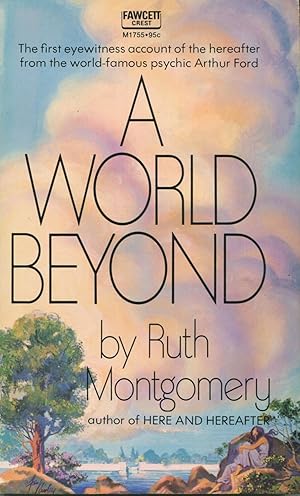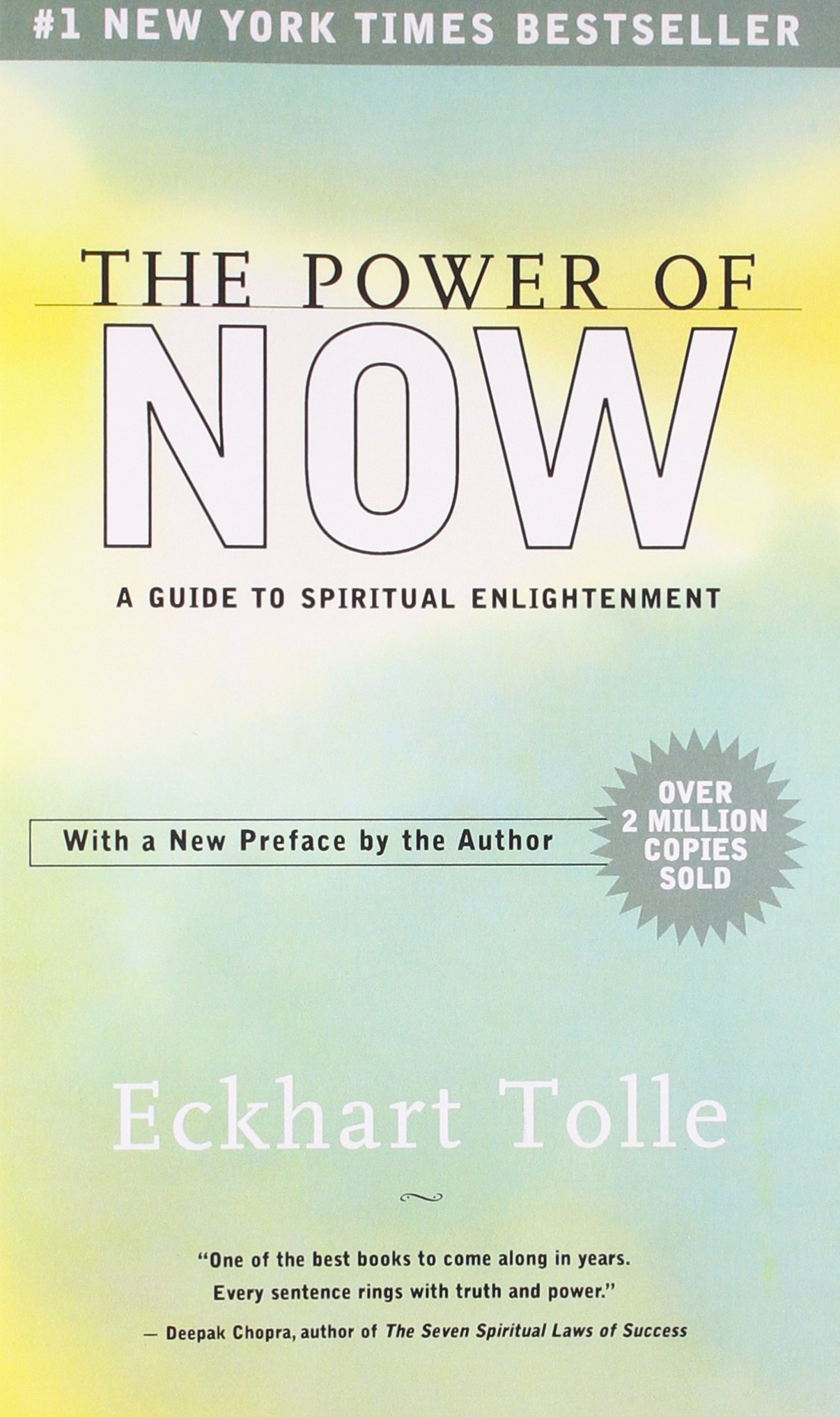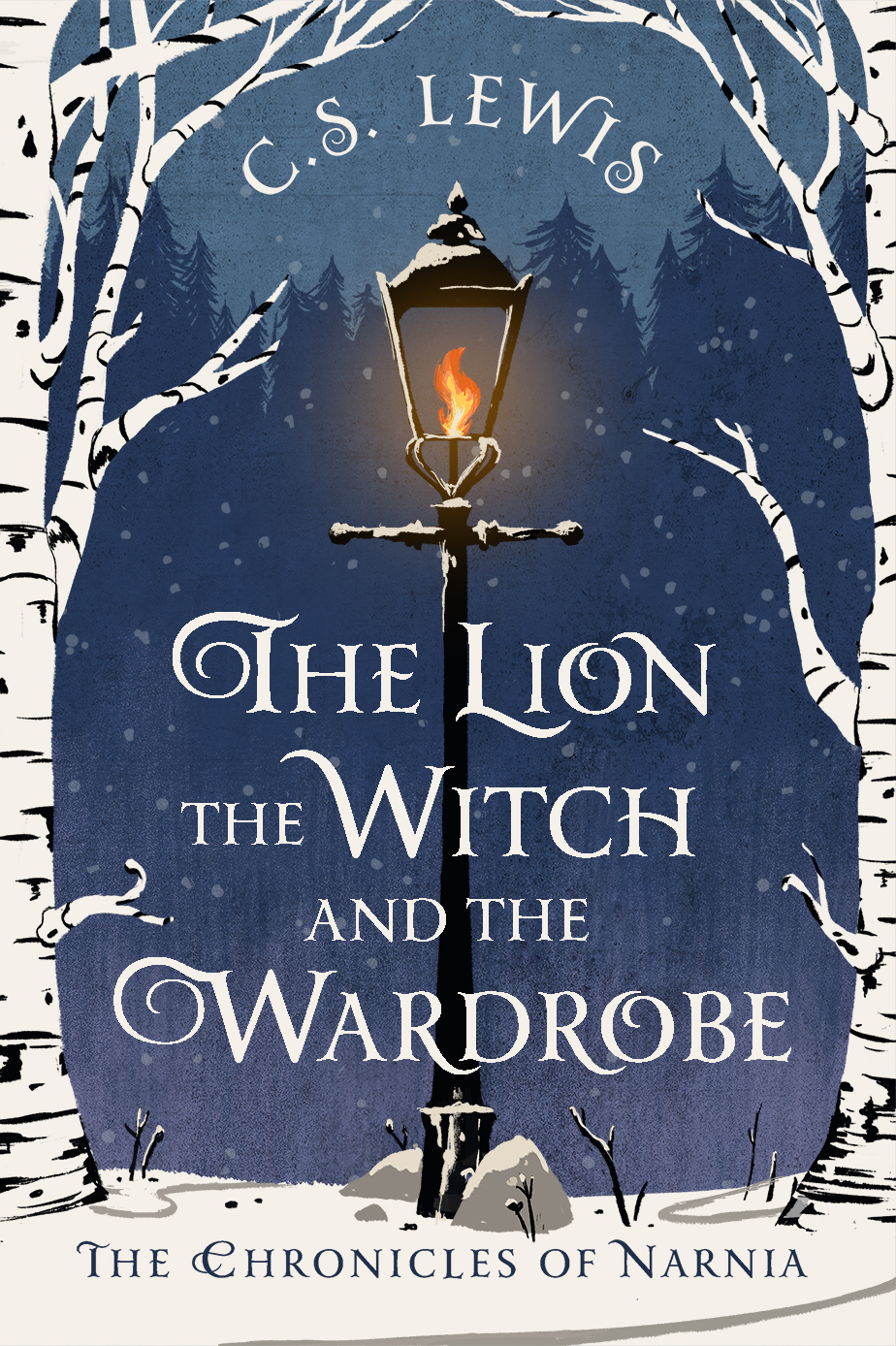
By Jonathan Aquino
Saturday Stories
June 29, 2019
I
When I was a little boy, I thought that the most terrifying thing in the world was to be buried alive. I got the idea when I read "The Cask of Amontillado," a story written in 1846 by the great Edgar Allan Poe. It is about a young man named Fortunato who has been sealed in a dungeon by his friend, Montressor. "For the love of God, Montressor!" he said, as the man began to build his tomb brick by brick. But I'm a grown-up now, and I have realized that there is something far worse – amyotrophic lateral sclerosis.
II
Amyotrophic lateral sclerosis, or ALS, is basically the gradual loss of control of muscle movements, with the person not being able to walk, to eat, and soon, to not be able to breathe. It is also known as Lou Gehrig's disease because it came in 1939 to Lou Gehrig, the New York Yankees baseball star. Recently, it was what happened to the legendary physicist Stephen Hawking who died in 2018. In the Hawking biopic "Theory Of Everything," the most unforgettable scene was when he was in a wheelchair, and he cannot talk and he cannot move, and his eyes were pleading for his wife not to leave him. I think I'd rather die than suffer like that, and yet, that same medical condition could not defeat a frail old man who gave so much inspiration to the world.
III
His name was Morrie Schwartz, the one in the novel "Tuesdays With Morrie" by Mitch Albom, and he was a real person. When I first read it in 2013, I was Mitch in my mental movie version, and Morrie was Eddie Garcia as he was in the 1991 Lino Brocka movie "Kung Tapos Na Ang Kailanman," which is also my favorite Eddie Garcia role. It was sad to hear that Eddie just died a week ago, but I'm also happy for him because he lived his life to the full and gave so much, and I will always think of him as young. I also thought there should be a Hollywood version, but I can't think of anyone as Morrie except Burt Lancaster because he was so magical in "Field of Dreams," but he died in 1994, the same year Morrie got the symptoms. Then I saw the movie, with Jack Lemmon as Morrie and Hank Azaria as Mitch, and all I could think of is that I just wish everybody could see it.
IV
I love the way they turned the narration into dialogues, like when Morrie asked, "Are you giving to your community?" then after Mitch answered, he asked next, "Are you at peace with yourself?" like a regular conversation. On their first meeting after 16 years, Morrie told him: "You know, dying is just one thing to be said about, living unhappily, that's is another matter." My favorite scene, in both the book and the movie, is when Morrie described how he was going to die, which is really painful to even contemplate, but he said not everyone was as lucky as he. "Lucky?!" exclaimed Mitch. Morrie told him in the book: "It's horrible to watch my body slowly wilt away to nothing, but it's also wonderful because of all the time I get to say good-bye."
Photo courtesy of Amazon



